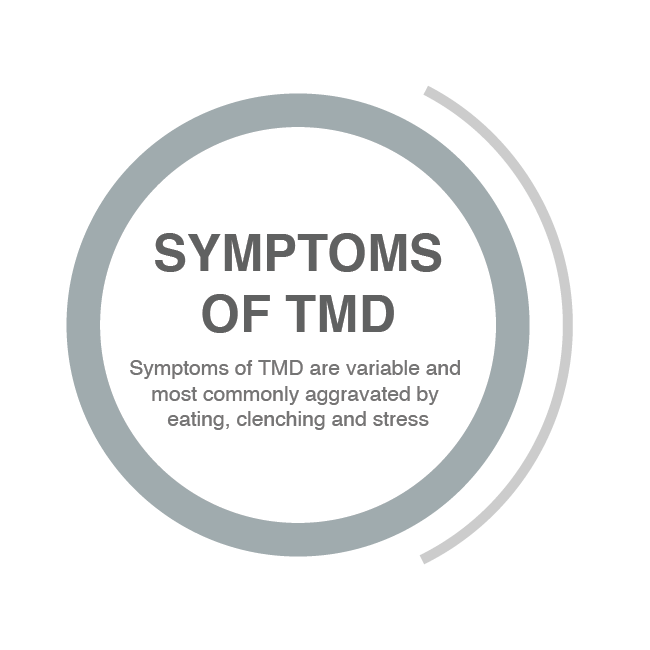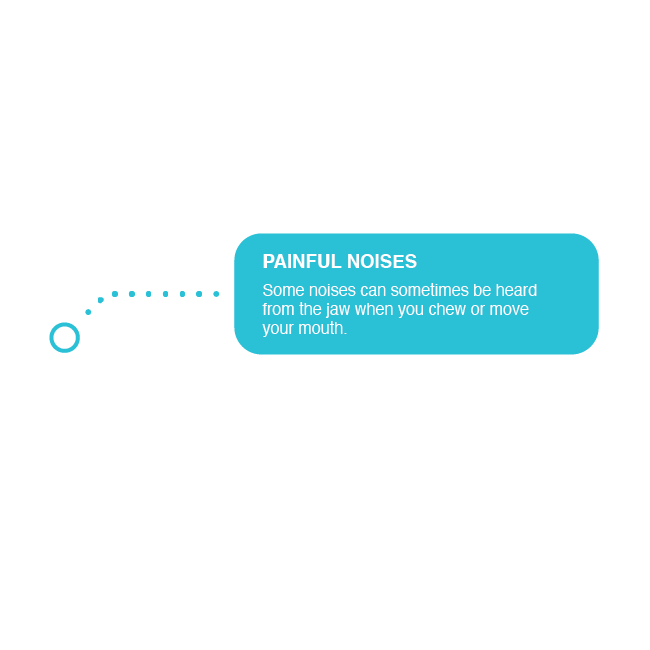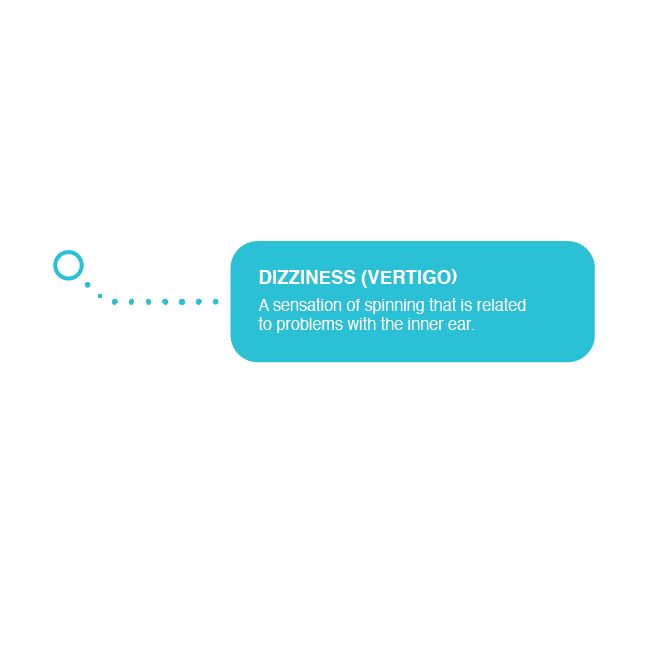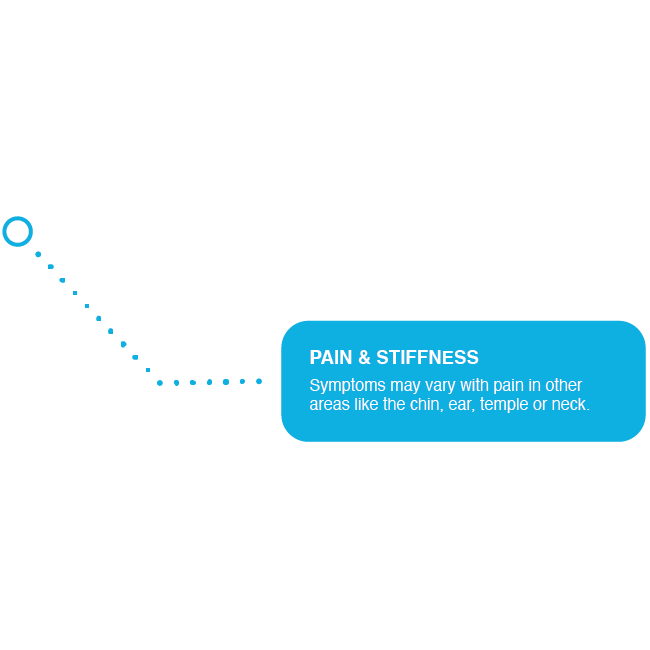
TMJ CALGARY DOWNTOWN
Injured? We will get you back in the game!
Book your Sports Injury Rehabilitation session
WHAT IS TMD?

Temporomandibular dysfunction (TMD) is a general term that encompasses disorders that affect the jaw joints (tempomandibular joints – TMJ), jaw muscles and the nerves associated with chronic facial pain. Any problem that disrupts the muscles and joints from hinging and sliding in this unique and complex joint can cause pain and dysfunction.
Normal function of the TMJ involves talking, eating and yawning. Disorders at this joint affect approximately 33% of the population and can have a significant impact on the quality of life. Due to the complexity of the TMJ, a collaborative approach between your Dentist and Physiotherapist can provide the most successful outcome. Physiotherapists are ideally positioned to treat TMD because of their knowledge of muscles and joints combined with hands-on skills to treat dysfunction.
WHAT ARE SYMPTOMS OF TMD?






This may feel like a tight feeling or a sensation of the jaw getting stuck.
Some noises can sometimes be heard from the jaw when you chew or move your mouth.
Because the jaw is very close to the ear, some people develop ear symptoms.
A sensation of spinning that is related to problems with the inner ear.
Symptoms mary vary with pain in other areas like the chin, ear, temple or neck.
WHAT CAUSES JAW PAIN?
Adding to the complexity of TMD, there can be a number of factors contributing to the cause.
- A direct injury to your jaw
- An indirect injury to your jaw like a car accident
- Certain illnesses or conditions, like arthritis
- Grinding or clenching your teeth
- Your jaw not lining up the way it should
- Inflammation in the muscles around your jaw
- Emotional stress can cause increased sensitivity to pain in your jaw
HOW DOES PHYSIOTHERAPY ELIMINATE TMJ DYSFUNCTION AND PAIN?
At Avenue Physio all of our therapists have additional post-graduate training to manage jaw pain. Fortunately, a trained physiotherapist can help by teaching you relaxation, stretching and strengthening exercises for your jaw and neck muscles. Your Physiotherapist will always be in contact with your dentist and/or specialist to coordinate your treatment.
Your program may include the following:
- Stretching and strengthening exercises of the jaw and neck
- Relaxation and breathing exercises
- Manual stretches and mobilizations of the jaw and neck joints
- Intramuscular stimulation of the jaw and neck muscles
- Education on strategies for pain management
- Training to improve posture and correct jaw alignment
WHAT TO EXPECT AT MY TREATMENT
A detailed assessment. Your physiotherapist will take time to hear your story to fully understand your condition.
Your Physiotherapist will assess:
- Jaw and neck range and quality of movement
- Muscle imbalances and tightness
- Any joint-related problems
- Posture and upper trunk strength
When we complete our assessment we will:
- Explain our findings so you have an understanding of your condition
- We will provide a detailed treatment plan so you understand the path to recovery
- We will send you videos of your exercises and provide strategies to get you to your goals
REFERENCES
Wright EF, North SL. Management and treatment of temporomandibular disorders: A clinical perspective. The Journal of Manual & Manipulative Therapy year; 17(4):247-254.
Armijo-Olivo S, Pitance L, Singh V, Neto F, Thie N, Michelotti A. Effectiveness of manual therapy and therapeutic exercise for temporomandibular disorders: Systematic review and meta-analysis.
Physical Therapy 2016; 96(1):9-25.
McNeely ML, Armijo Olivo S, Magee DJ. A systematic review of the effectiveness of physical therapy interventions for temporomandibular disorders. Phys Ther. 2006;86:710–25.
Our Comprehensive Physiotherapy Services in Calgary Downtown

Physiotherapy
Rediscover the joy of movement. Our comprehensive physiotherapy services provide personalized care to guide you back to optimal health, ensuring every step you take is pain-free and confident.

Online Physiotherapy
Experience top-notch physiotherapy from the comfort of your home. Our online sessions ensure that distance and schedules aren't barriers to your recovery.

Sports Physiotherapy
Whether you're a weekend warrior or a professional athlete, our specialized sports physiotherapy techniques ensure you're game-ready and injury-free. &sbsp;

Shockwave Therapy
Embrace the power of modern rehabilitation. Shockwave Therapy can speed up your recovery by stimulating the body's natural healing processes.

Vestibular Physiotherapy
Dizziness or balance issues? Our Vestibular Rehabilitation programs are tailored to get you steady and confident on your feet again.

IMS/Dry Needling
Experience relief from chronic pain with IMS/Dry Needling. By targeting specific trigger points, we can alleviate tension and promote healing.

Acupuncture
Tap into ancient wisdom with Acupuncture. This time-tested therapy can alleviate pain, reduce stress, and restore balance to your body.

Pelvic Floor Physiotherapy
Strengthen your core foundation. Our Pelvic Floor Physiotherapy addresses intimate concerns with care, ensuring your well-being from the inside out.

Registered Massage Therapy
There are many benefits from regular Massage Therapy treatments from a Registered Massage Therapist. Massage Therapy can enhance your overall sense of emotional and physical well-being.

Osteoarthritis joint management
Osteoarthritis is a disease that affects the joints cartilage that covers the ends of the bones.

TMJ treatment
Temporomandibular dysfunction (TMD) is a general term that encompasses disorders that affect the jaw joints (tempomandibular joints – TMJ).
Avenue Physio
Suite #130, 700 – 2nd St SW Calgary, T2P 2W2
